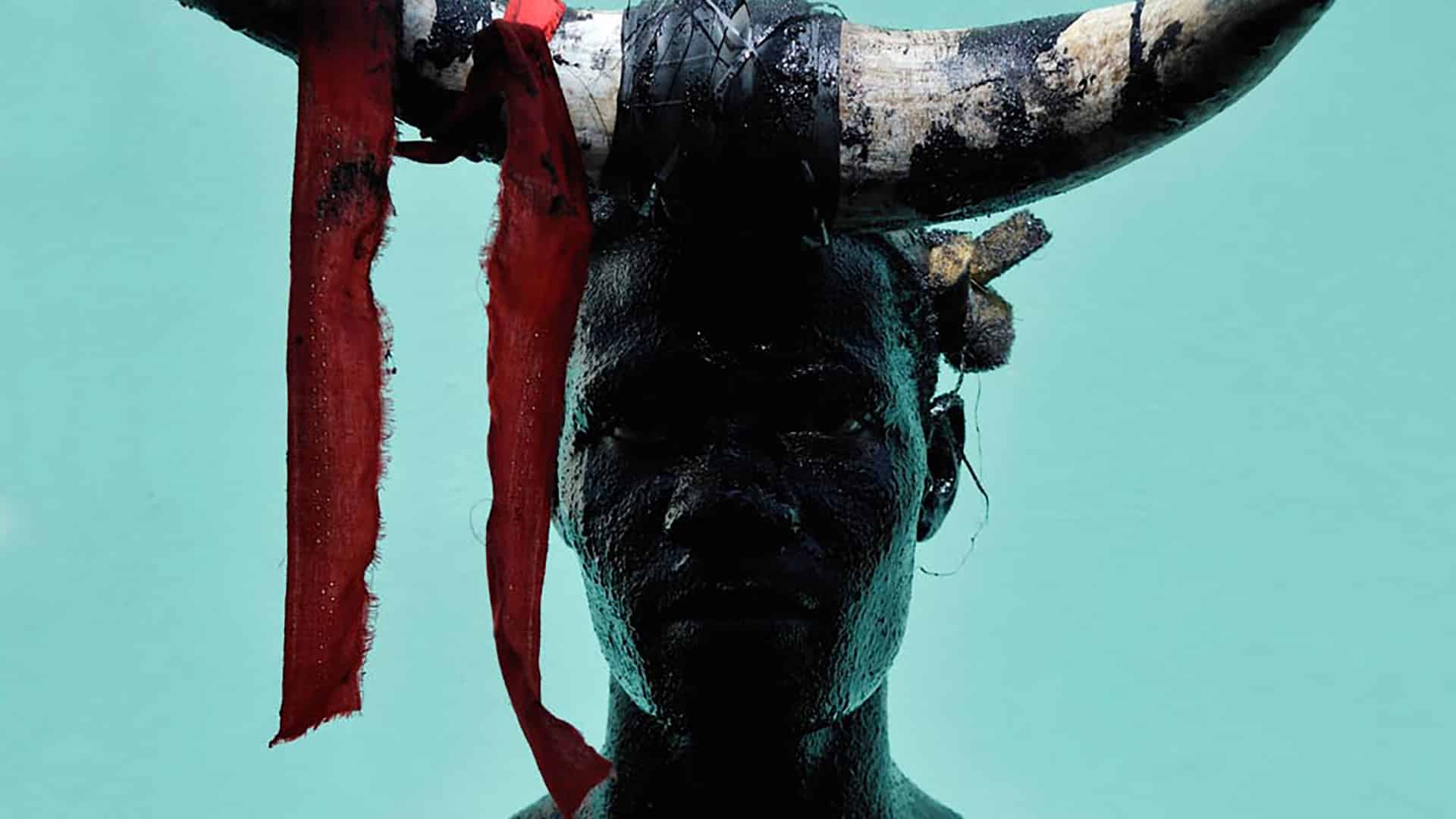The Italian photographer Nicola Lo Calzo has spent nearly ten years investigating the system of slavery and its active remembrance. He has traveled to many countries, including Benin, Guyana, and Cuba, in search of communities that commemorate the painful history of this inhuman practice and of the resistance to oppression. Nicola Lo Calzo talks about the results of his research, which make up what he calls the “Cham project”, in reference to the term “black” used by the Egyptians, then reused by slavers.

You’re getting blind.
Don’t miss the best of visual arts. Subscribe for $9 per month or $108 $90 per year.
Already suscribed ?



